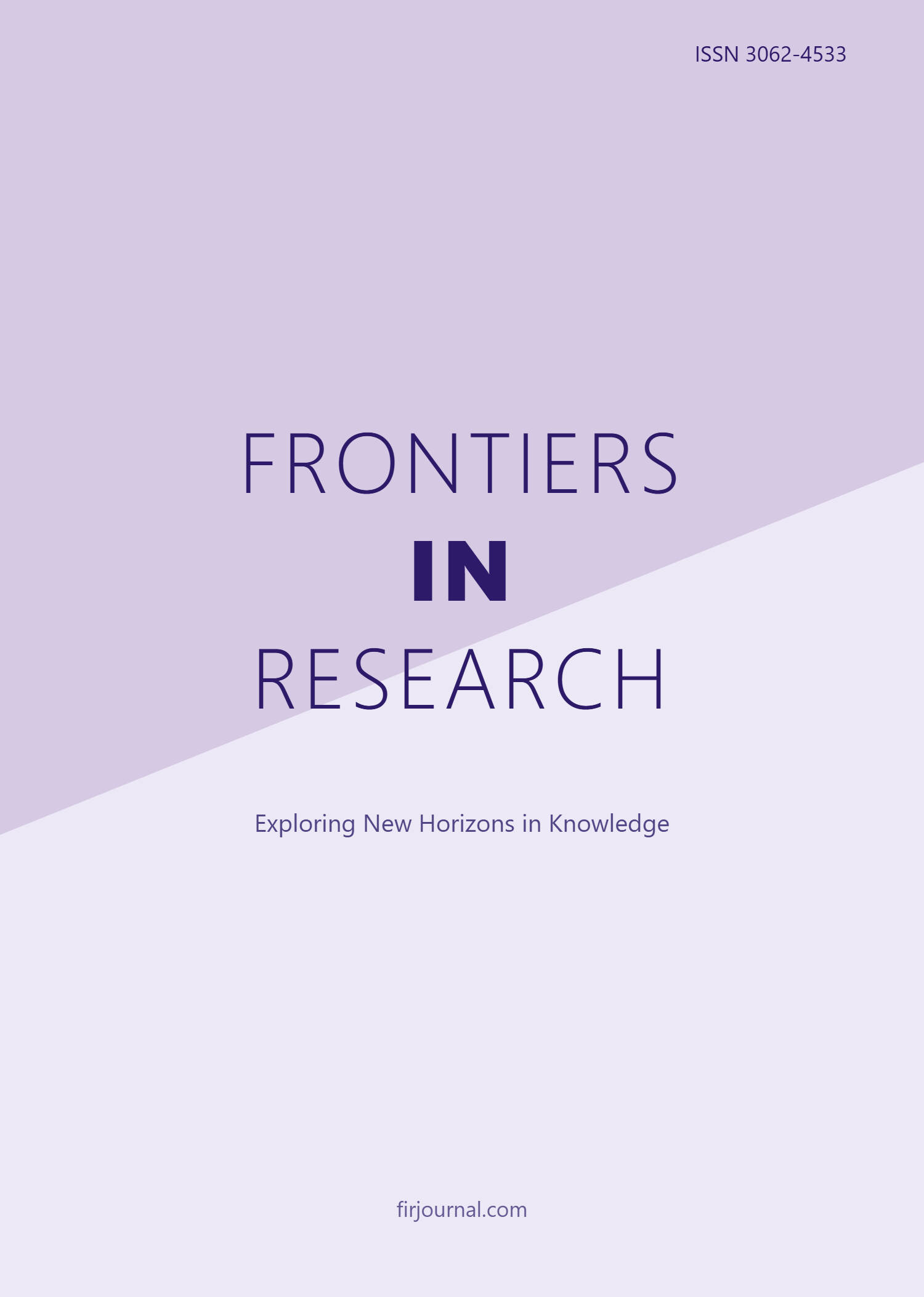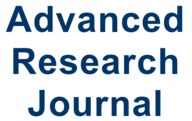Assessing the sustainability of Indigenous Indigo dyeing in Ibadan, Oyo State, Nigeria
DOI:
https://doi.org/10.71350/3062192573Keywords:
Sustainability, Indigenous, Indigo-dyeing, mordant, processesAbstract
The Yoruba art of fabric decoration resists dyeing, is unique, and possesses a peculiar identity in terms of designs and a rich, indigo-blue colour of different shades. The traditional art of indigo dyeing, known as Adire-eleko, is nearing extinction due to several factors. These include government negligence, a shortage of raw materials, low production rates, and changing attitudes among the youth towards this art form. This study assessed the sustainability of indigenous indigo dyeing in Ibadan, Oyo State, Nigeria. A descriptive survey design was adopted. Two categories of people were interviewed: the aged indigo fabric sellers and the young indigo fabric sellers, whose expressions were also noted. The findings show that traditional indigo dyeing is strenuous and labour-intensive, yet the art can be sustained through eternal assistance. The study recommended establishing indigo dyeing centres where indigo plants will be farmed and processed by both the government and the investors. Additionally, the employment of skilled and experienced dyers as instructors at the dyeing centres, along with the enrollment of youth, would be extremely beneficial. To sustain indigenous indigo dyeing, the government should encourage the dyeing centres by patronising the finished fabrics.
Downloads
References
Aremu P.S.O. (1994) Significance of the Fundamental Shapes and Motifs of Yoruba Designs. Proceeding of Father Kelvin Carroll, (468).
Areo M. O. & Kalilu R.O.R. (2013) Adire in South-Western Nigeria-Geography of the Centres. African Research Review. An International Multidisciplinary Journal, Ethiopia Vol 7(2) Serial No 29 ISSN 2070 -0083.
Barbour J. (1971) Adire Cloth in Nigeria. Institute of African Studies, University of Ibadan, Nigeria Charu S. (2011) Textile Design Theory and Concepts. New Age
Henry J.D. (2010) Joyful Blues Yoruba Indigo-Dyed Cloths.www.henrydrewal.com/contact.htmlRetrieved on 22nd May 2015
International (P) Ltd. Publishers, New Delhi.Eicher B. J. (1976): Nigerian Handcrafted Textiles. University of Ife Press. 22-70
Kanwar V.P. (2009) Elementary Idea of Textile Dyeing, Printing and Finishing. 29. Kalyani Publishers, New Delhi.
Korpela K. (1992) KUVAT INDIGOLIA. KevaalaVuorenmaa R. (2015) Riikka Nigeria’s Story: Indigo Dyeing. Nigeria Textile Art. Retrieved on 22nd May 2015
Mullick P. (2006) Textbook of Textile Designing. Kalyani 29 Publishers, New Delhi
Oguntona T. (1986) Basic Textiles Design Concepts and Methods,122-129.
Polakoff C. (1980) African Textile and Dyeing Techniques. Anchor Press, New York 28-33. DOI: https://doi.org/10.2307/3335667
Downloads
Published
How to Cite
Issue
Section
License
Copyright (c) 2025 Advanced Research Journal

This work is licensed under a Creative Commons Attribution 4.0 International License.





